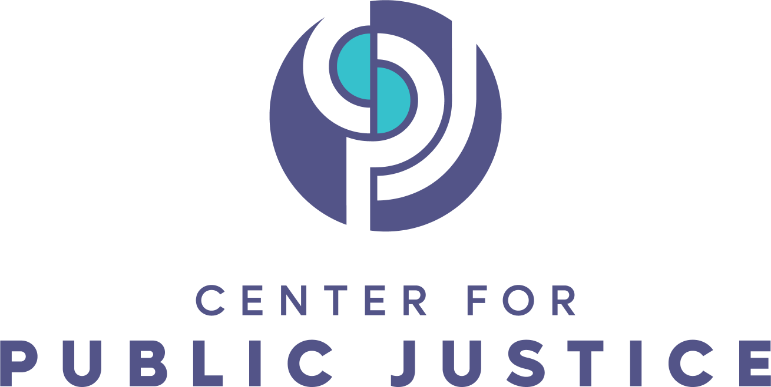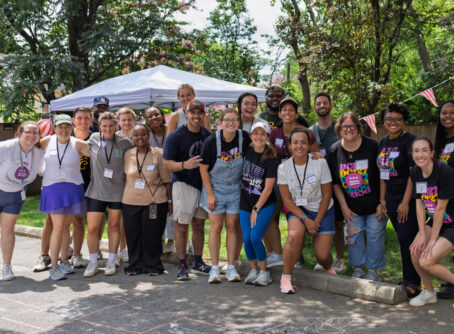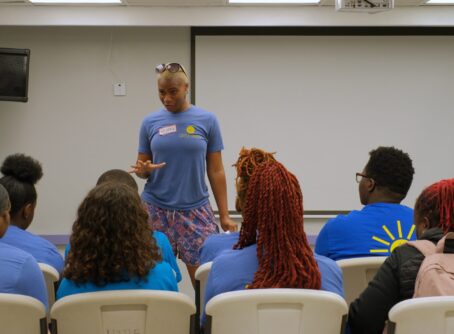
To read the full research behind this op-ed, visit our 2025 Hatfield Prize page here.
Often when we talk about access to healthcare, end-of-life care services go unmentioned. But as a hospice volunteer, I’ve learned that dying is the culmination of, not separate from, a robust continuum of care.
Today, with America’s rapidly growing population aged 65 and older and the current administration’s cuts to Medicaid, our reluctance to view hospice as an integral part of healthcare abandons both the dying and those caring for them, and betrays the ideals our government and society are built on.
The mission of hospice is simple: no one should die alone or in pain. I’ve witnessed local hospice providers doing just that—when my mother went on hospice, when I volunteered, and when I researched barriers to hospice care in Spokane county. Supported by the Center for Public Justice and Whitworth University, I have researched the historical conditions of hospice, analyzed public policy, and conducted over a dozen interviews with local residents, hospice providers, and faith leaders.
Unfortunately, my research revealed that both institutional and cultural obstacles hinder Spokane county hospice providers and those in need of dignifying end-of-life care.
For Americans aged 65 and older older, barriers to hospice are particularly concerning. The United States population is aging at exponential rates. By the end of this decade, every baby boomer will be over 65. By 2040, 20 percent of the total U.S. population will exceed that age. Spokane county and its surrounding service area already meet or exceed these demographic projections.
Aging brings fulfilling lives, but also increased challenges from age-related diseases. The number of U.S. adults diagnosed with dementia is projected to grow from approximately 514,000 cases in 2020 to 1 million by 2060. In only five years, the number of people living with Parkinson’s—a disease whose primary risk factor is age—is projected to be 1.2 million. Such terminal diseases typically involve a long, complicated dying process—exactly the kind of healthcare situation that hospice is best positioned to support.
For example, patients who enter hospice in the last six months of life experience higher satisfaction, better pain control, reductions in hospital days, and fewer ICU and hospital deaths. These benefits to individuals also represent an economic boon, saving $3.5 billion, for instance, in Medicare spending in 2019.
Despite the many proven benefits of hospice care, hospice access and utilization by beneficiaries of Medicare plateaued in 2019 around 50 percent, raising serious questions about individual well-being in end-of-life care and why so many people forgo hospice care.
The answers are complex. A barrier for rural counties relying solely on Spokane-based hospices, for example, is lack of access due to insufficient healthcare infrastructure, now exacerbated by Medicaid funding cuts. And although the Medicare Hospice Benefit escaped similar funding reductions, it suffers outdated qualifications and reimbursement structuresunchanged since 1985, when the majority of patients on hospice had cancer. Today, the most common hospice patient has Alzheimer’s disease. Our fossilized policies are woefully insufficient for current and future end-of-life care needs.
But the primary barrier I found in my research is simply a general lack of knowledge about hospice.
In the absence of facts, misconceptions about hospice are pervasive, ranging from simple logistics, such as the extent of services hospice provides, to major misunderstandings—confusing hospice with medical assistance in dying or beliving hospice is “giving up.”
Misconceptions about end-of-life care prevent potential beneficiaries from going on hospice once eligible, or even at all. More money is spent, quality of life degrades, and age-related dying carries unnecessary suffering.
To protect and promote life, including dignifying end-of-life care, we must talk about hospice. Before national and state-level policy solutions—fully updating benefits, strict state Certificate of Need programs—can be realized, individual citizens must speak up in support, in solidarity, and with compassion. Together, we can make Spokane, home to one of the oldest hospices in the nation, a shining example of what it means to die well.
To read an in-depth analysis of the barriers to hospice and the steps needed to ensure a robust end-of-life care in the future, my full report, “The Hope of Hospice: Reimaging End-of-Life Care in an Aging America Through Spokane County, Washington,” is available today at [link].
Melinda Mullet graduated with a degree in English and American Studies from Whitworth University in Spokane, WA, in 2025. She was a George F. Whitworth Honors student, a Sigma Tau Delta English Honor Society officer, and the nonfiction editor for professional literary journal Rock & Sling. Her experience as a full-time caregiver for a terminally ill family member inspired a passion for healthcare access and public health policy. Melinda intends to study law and theology, aspiring to be an advocate for healthcare justice.





